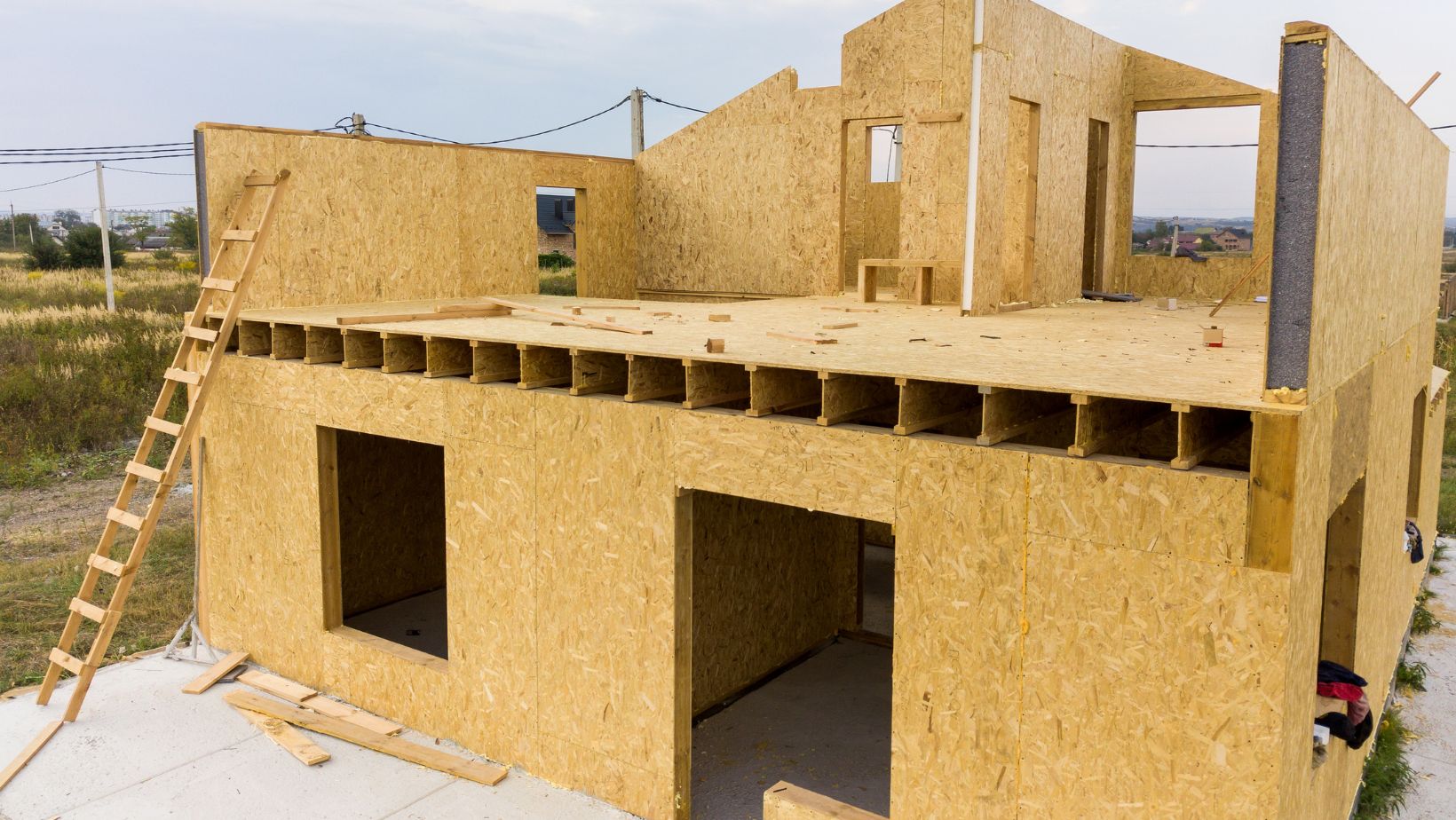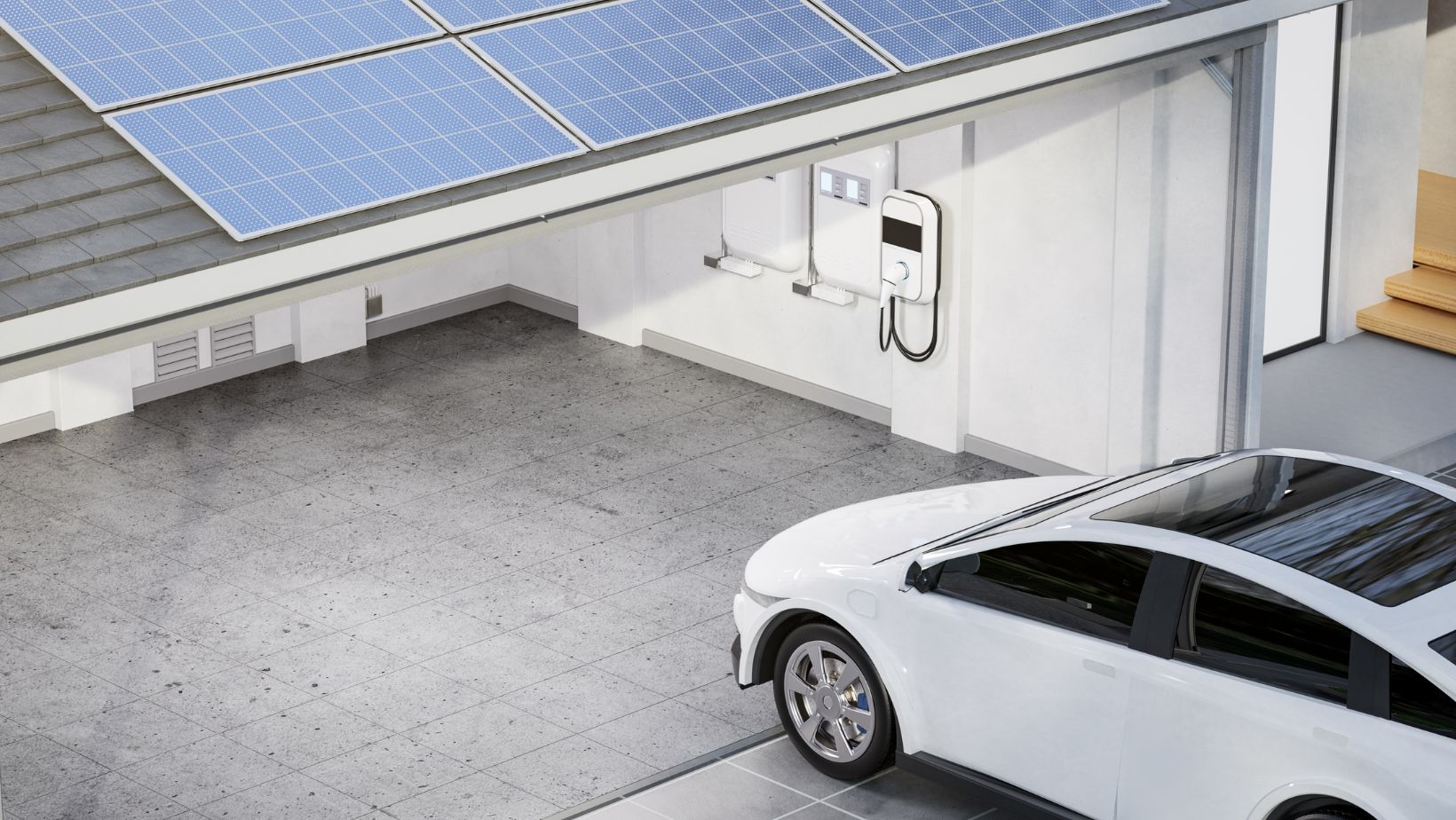When it comes to choosing the right material for garage walls, OSB (oriented strand board) is a popular option that is worth considering. OSB is a type of engineered wood panel made from thin layers of wood strands that are bonded together with resin and wax. Its affordability, durability, and versatility make it an attractive choice for many homeowners looking to improve their garage space.
One of the main advantages of using OSB for garage walls is its strength and structural integrity. It provides excellent support and can withstand heavy loads, making it suitable for hanging shelves, cabinets, or other storage solutions. Additionally, OSB has good insulation properties, helping to keep your garage temperature regulated throughout the year.
Table of Contents
ToggleOSB for Garage Walls
Choosing the Right Type of OSB for Your Garage Walls
When it comes to selecting the right type of OSB (oriented strand board) for your garage walls, there are a few factors to consider. First and foremost, you’ll want to ensure that the OSB you choose is suitable for use in a garage environment. Look for OSB panels that are specifically labeled as “exterior” or “moisture-resistant,” as these will be better equipped to handle the fluctuating temperatures and potential moisture exposure commonly found in garages.
Additionally, it’s important to consider the thickness of the OSB panels. Thicker panels generally provide greater durability and strength, which can be beneficial if you plan on using your garage for heavy storage or if you anticipate frequent impacts against the walls. Standard thicknesses range from 7/16 inch to 23/32 inch, so take into account your specific needs when making a decision.
Preparing the Garage Walls for OSB Installation
Before installing OSB on your garage walls, proper preparation is crucial. Start by inspecting the walls for any signs of damage or rotting wood. It’s essential to address these issues before proceeding with installation to ensure a solid foundation.
Next, clean the walls thoroughly by removing any dirt, dust, or grease that may hinder adhesion. This can be done using a mild detergent solution and a scrub brush or sponge. Allow sufficient drying time before moving forward with installation.
To promote better insulation and prevent moisture buildup between the wall studs and OSB panels, consider adding an additional layer of vapor barrier behind the boards. This simple step can help protect your garage from potential water damage over time.

Proper Installation Techniques For Osb In The Garage
When it comes to using OSB (oriented strand board) for garage walls, proper installation techniques are essential to ensure a durable and long-lasting result. Here are some key guidelines to follow:
- Prepare the Surface: Before installing OSB panels, make sure the garage walls are clean, dry, and free from any debris or obstructions. This will provide a smooth and even surface for the OSB boards to be attached.
- Measure and Cut Accurately: Take precise measurements of the wall dimensions and mark them on the OSB panels accordingly. Use a circular saw or jigsaw with a fine-toothed blade to cut the panels to size. Remember to wear appropriate safety gear, such as goggles and gloves, during this process.
- Orient Panels Correctly: When installing OSB panels on garage walls, ensure that the textured side faces outward for added grip and stability. This helps prevent slippage and enhances the overall strength of the installation.
- Secure Panels Properly: Attach OSB panels securely to the wall studs using screws or nails designed specifically for this purpose. Place fasteners approximately 6-8 inches apart along both vertical edges of each panel, as well as around all perimeter edges.
- Allow for Expansion Gaps: It’s important to leave small gaps between adjacent OSB panels (around 1/8 inch) to account for natural expansion due to changes in temperature and humidity levels within the garage environment. These gaps also help prevent buckling or warping over time.
- Reinforce Corners: To reinforce corners where two OSB panels meet, consider adding additional framing support by attaching wooden studs perpendicular to both adjoining walls before installing the panels.
- Seal Joints and Edges: Apply a bead of sealant along all joints between OSB panels as well as around window or door openings in order to create a moisture barrier and enhance the overall structural integrity of the installation.
By following these proper installation techniques, you can ensure that your OSB garage walls are sturdy, reliable, and capable of withstanding the demands of daily use.





